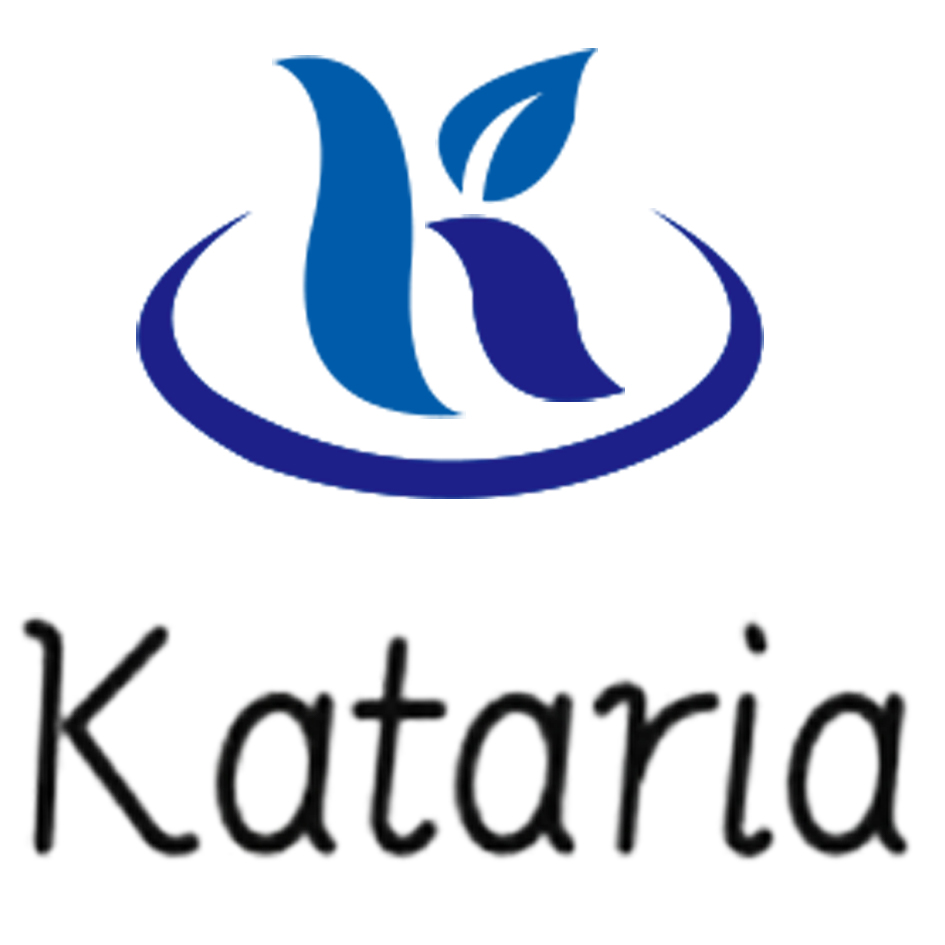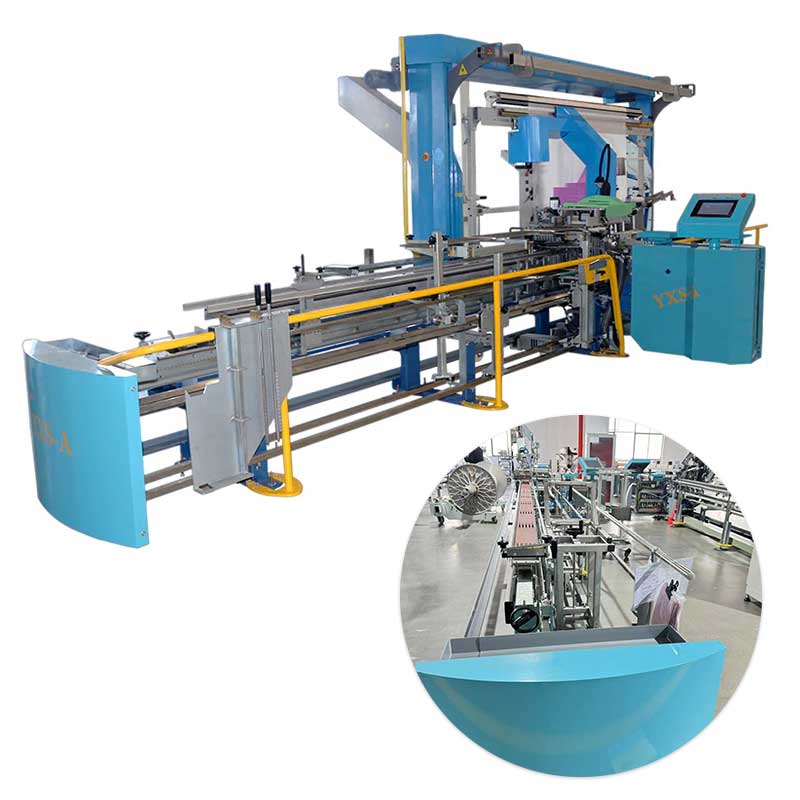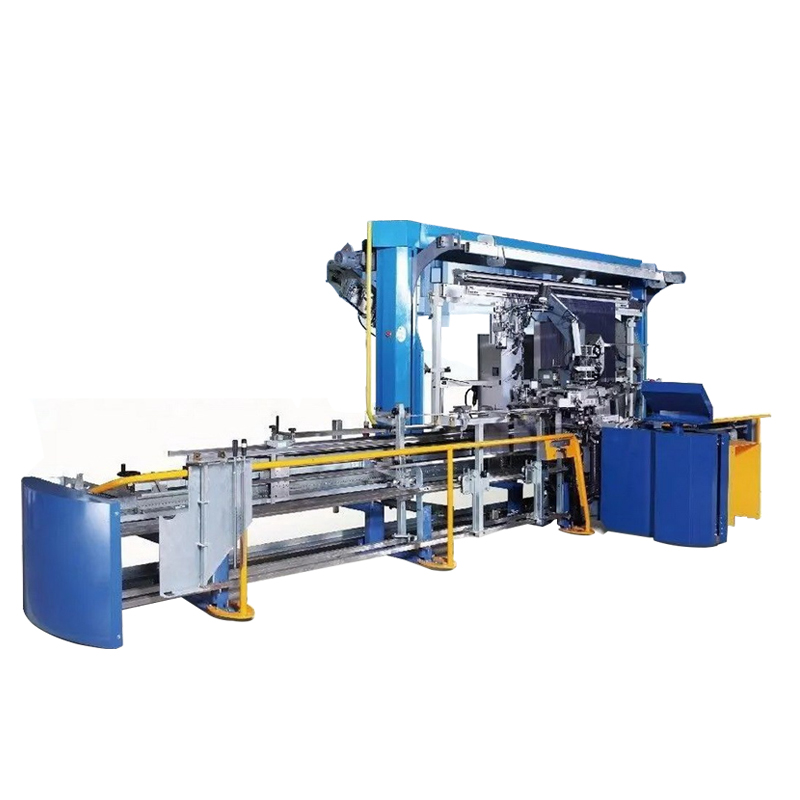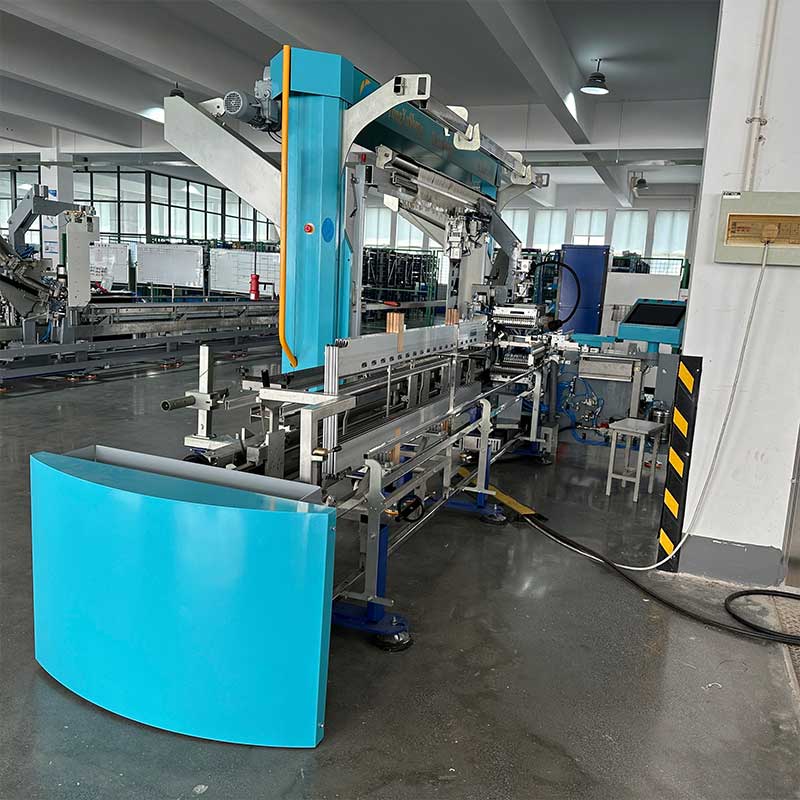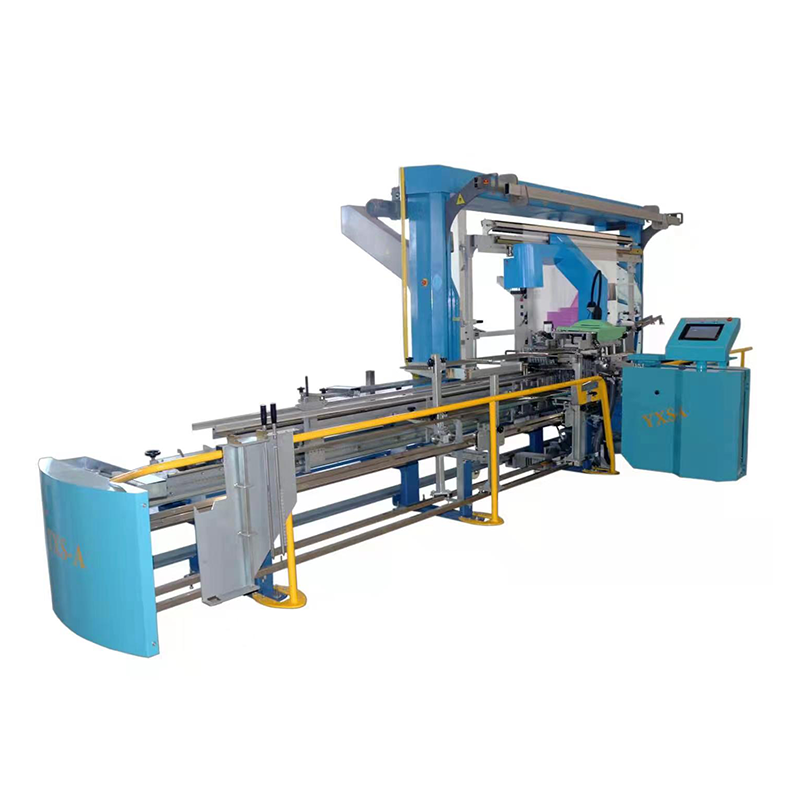Product recommendation
In the current context of profound adjustments in the global economic landscape, China's textile industry is facing unprecedented challenges. Market competition is intensifying day by day. Textile enterprises from various countries are vying for the international market, making it increasingly difficult for China's textile industry to obtain orders relying on its traditional cost advantages. Environmental protection requirements are becoming increasingly stringent. From energy conservation and emission reduction in the production process to the green standards of products, textile enterprises are urged to accelerate the pace of green transformation. Moreover, the reconstruction of the supply chain and industrial chain has put the original industrial layout and coordination model of the textile industry under great impact. Under these multiple pressures, digital transformation has become the key path for the sustainable development of China's textile industry, like a bright lamp illuminating the way forward for the industry.
In June 2025, six departments including the Ministry of Industry and Information Technology issued the "Implementation Plan for the Digital Transformation of the Textile Industry". This plan is of great significance as it draws a clear roadmap for the digital upgrade of the textile industry. Through four major actions and 18 measures, the plan sets phased goals: by 2027, the proportion of digitalized key businesses of enterprises above designated size will exceed 70%. A large number of typical digital transformation scenarios and benchmark enterprises will be created, and a number of replicable and promotable digital transformation models and solutions will be formed, driving the overall digital level of the industry to rise. By 2030, a full - value - chain leap of the textile industry will be achieved, enabling China's textile industry to move towards the high - end of the global industrial chain and realize all - round upgrades in intelligence, greenness, and service - orientation.
In the process of achieving digital transformation, the application of intelligent equipment has become an important starting point, and the automatic warping machine is a typical example. In the past, the warping process, as a key link in textile production, relied heavily on manual operations. It was not only inefficient but also prone to human errors. A skilled worker could only warp a limited amount in a day, and long - term work easily led to fatigue, making it difficult to ensure the stability of product quality. However, the emergence of the automatic warping machine has completely changed this situation. Take the automatic warping machine introduced by a certain enterprise as an example. Its maximum designed speed can reach 240 threads per minute. One device can replace 10 to 12 workers, greatly improving the warping efficiency and reducing labor costs at the same time. The automatic warping machine is also equipped with an advanced vision system, using cutting - edge built - in databases and adaptive algorithms. It can intelligently identify various yarns in the same yarn sheet, has strong adaptability, and effectively avoids production problems caused by incorrect yarn identification, ensuring the stability of product quality.
Digital transformation is not only reflected in the upgrading of production equipment but also runs through the entire industrial chain of the textile industry. In the research and development and design link, with the help of digital technology, enterprises can quickly obtain market trends and consumer demand data. By using tools such as 3D design software and AI - assisted design, the product research and development cycle can be shortened, and personalized products that better meet market demand can be launched. During the production process, the industrial Internet big - data platform collects the operation data of looms and other equipment in real - time, realizing visual monitoring of the production process and precise adjustment of process parameters, improving production efficiency and product quality, and reducing the defective product rate. In terms of supply chain management, data from upstream and downstream is connected based on a cloud - based platform, realizing real - time sharing and intelligent scheduling of orders, inventory, and logistics, improving supply chain coordination efficiency, and quickly responding to market changes.
The introduction of the "Implementation Plan for the Digital Transformation of the Textile Industry" has pointed out the direction for China's textile industry, and the application of intelligent equipment such as the automatic warping machine is a specific practice of the industry's move towards digitalization. With the in - depth advancement of digital transformation, China's textile industry will surely reshape its competitive advantages in the global market, achieve sustainable development, stride forward on the path of intelligence, greenness, and service - orientation, and weave a more splendid new industrial tapestry.
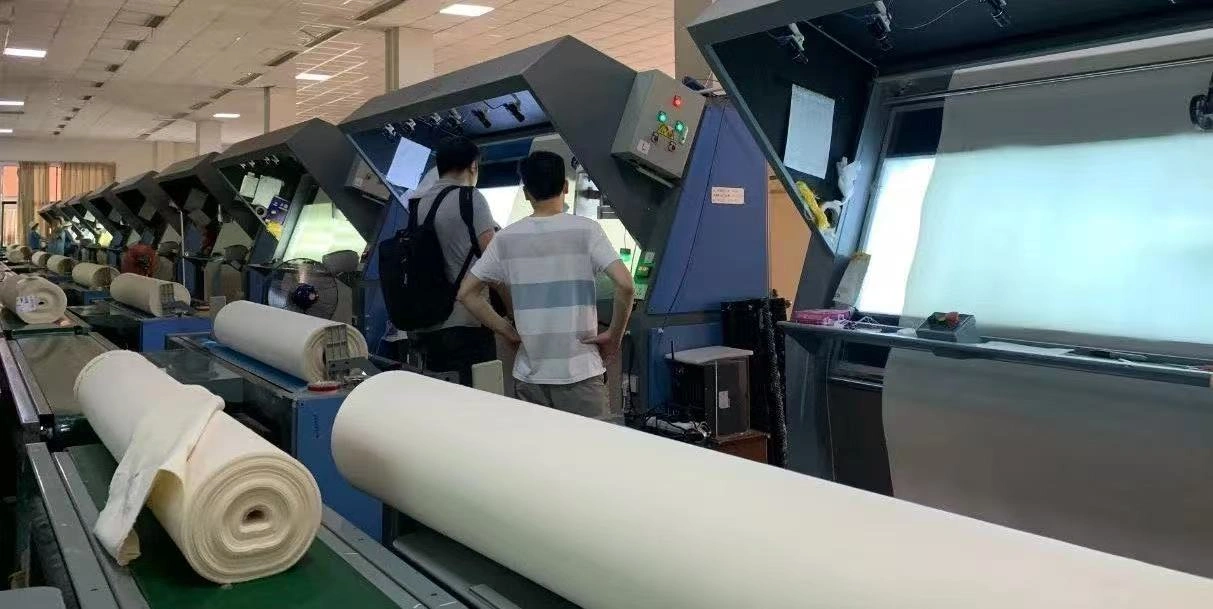
Please visit product page for more information
-
- Textile factory's automatic threading machines and other textile machinery accessories have been widely used in many markets at home and abroad.
- Textile factory's automatic threading machines and other textile machinery accessories have been widely used in many markets at home and abroad.
- 280 Type C Simplex Column Steel Healds wires For Automatic Drawing-In Machine
- Heddle And Open Drop Wires 165*11*0.3 For Weaving Machine Spare Parts
-
- The journey of deepening the textile accessories business of Changzhou Yongxusheng Technology Co., Ltd.
- Innovation Drives Textile Efficiency Revolution: New Generation Intelligent Leno device Leads Industry Upgrade
- Fully Automatic Drawing Machine Lead the Textile Industry into a New Era of Efficiency and Precision
- Automatic Drawing-in Technology Achieves Substantial Breakthrough, Helping Textile Enterprises Overcome "Labor Shortage" and "Quality Challenges"
